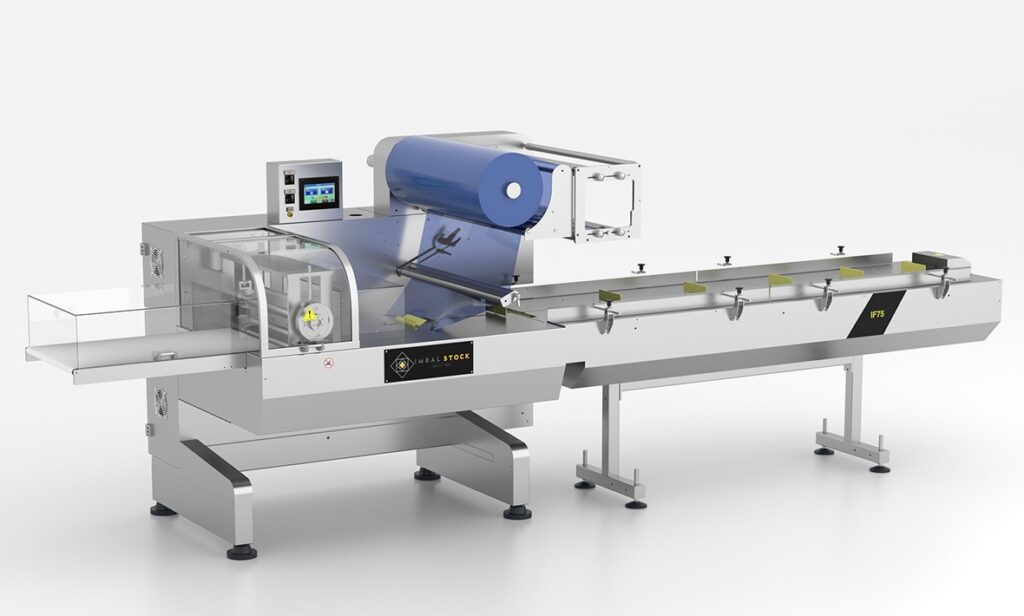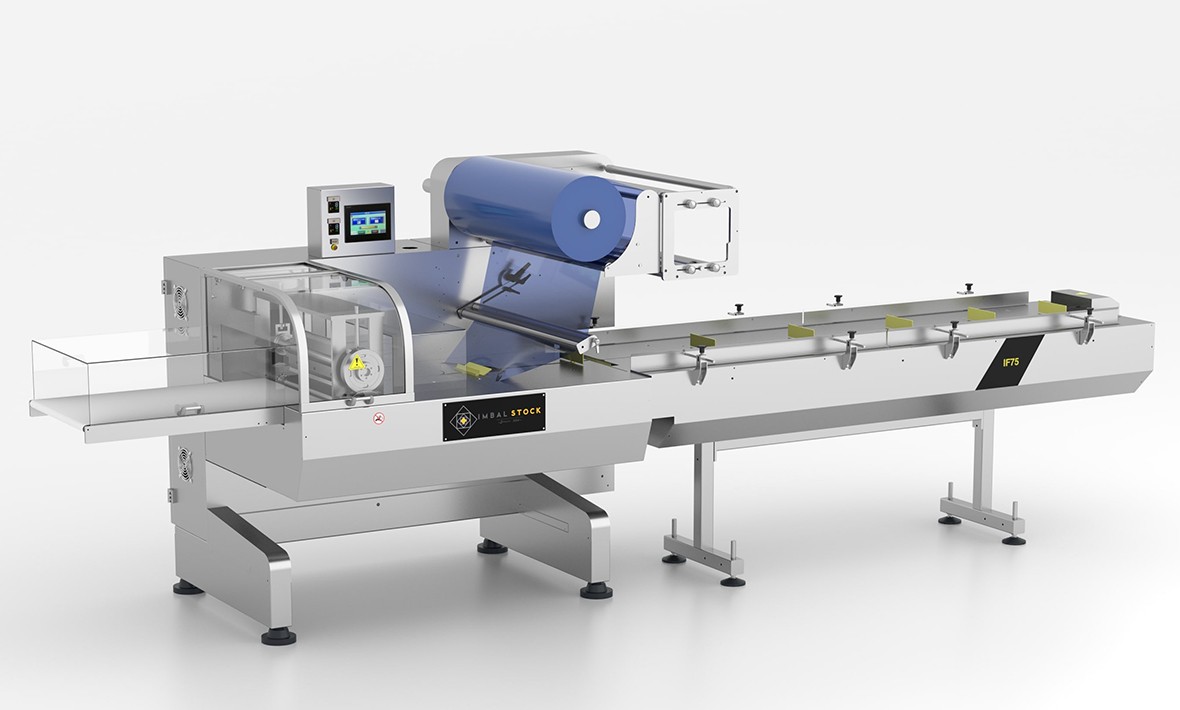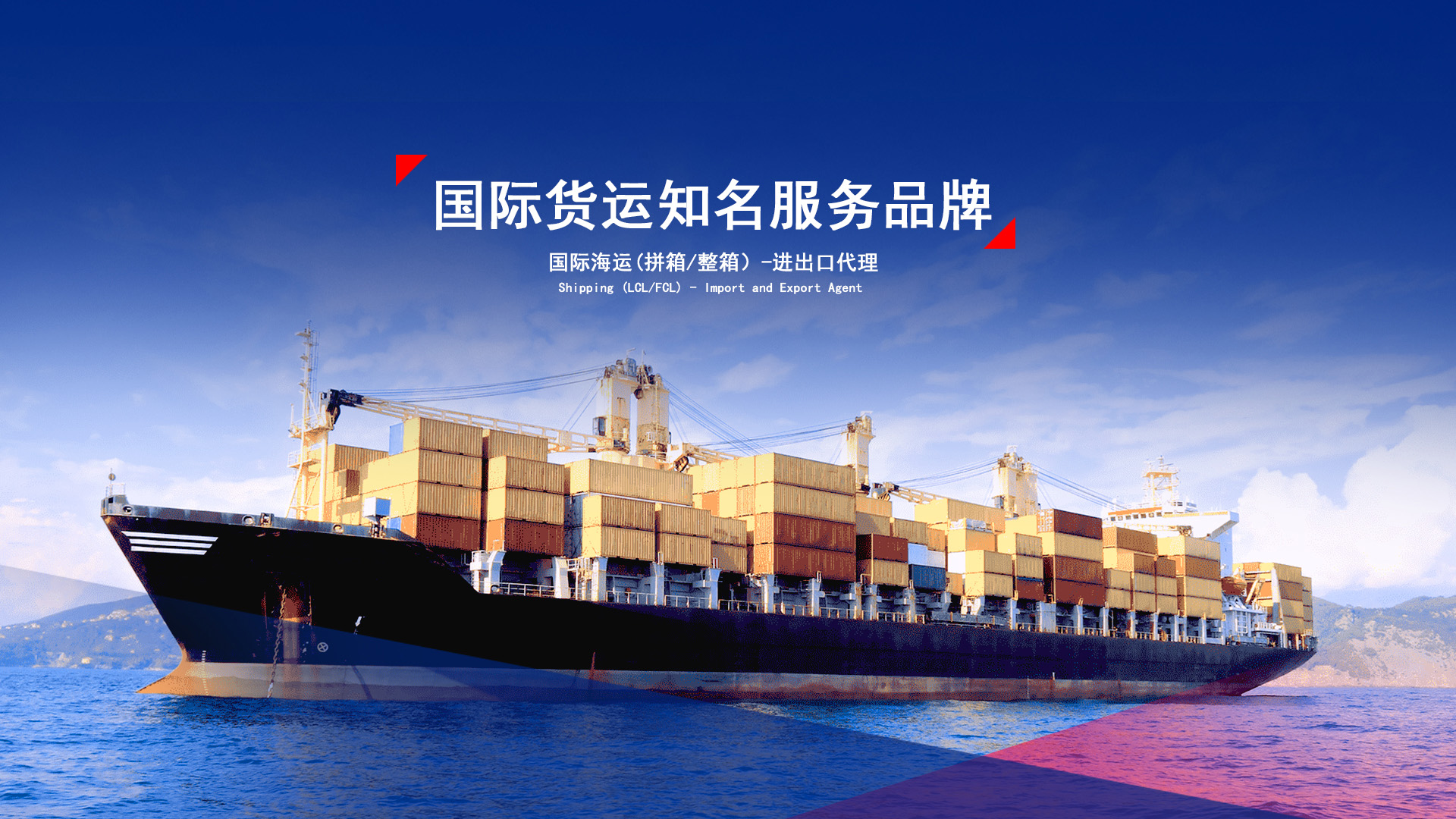Introduction to Packaging Machines
Packaging machines have become an indispensable part of modern manufacturing and supply chains. These machines play a crucial role in ensuring products are safely and attractively packaged for distribution and sale.
Packaging machines come in a wide variety of types and designs, each tailored to specific packaging needs. They can handle tasks such as filling, sealing, wrapping, and labeling, among others.
For instance, in the food industry, packaging machines might be used to fill bags of chips or seal containers of yogurt. In the pharmaceutical sector, they ensure the precise packaging of medications.

Classification of packaging machines
Packaging machines can be classified based on several criteria, including the type of packaging material used, the packaging operation performed, and the industry they are intended for.
Based on packaging material, we have machines for paper, plastic, metal, and glass packaging. For example, there are machines specifically designed for forming and sealing plastic bags or for creating cardboard boxes.
According to the packaging operation, there are filling machines, capping machines, strapping machines, and shrink-wrapping machines. Filling machines can be further categorized into liquid fillers, powder fillers, and solid fillers.
When classified by industry, we have packaging machines for food, beverages, cosmetics, electronics, and more. Each industry has its unique packaging requirements and the machines are designed accordingly.
Composition of packaging machine
A typical packaging machine consists of several key components. These include a feeding system to supply the products to be packaged, a packaging material handling system, a control system to regulate the machine’s operation, and a drive system to power the various mechanisms.
The feeding system ensures a continuous and accurate supply of items. It might involve conveyors, hoppers, or other mechanisms to position the products correctly for packaging.
The packaging material handling system is responsible for manipulating the packaging material, such as cutting, folding, or sealing it.
The control system, often computerized, manages the speed, sequence of operations, and other parameters to ensure precise and efficient packaging.
The drive system provides the mechanical power needed for the machine’s movement.
Why Import and Ship Packaging Machines from China
China has emerged as a global leader in the manufacturing of packaging machines for several compelling reasons.
Firstly, Chinese manufacturers offer a wide range of high-quality machines at competitive prices. They have invested heavily in research and development to produce machines that meet international standards of performance and reliability.
Secondly, China has a well-established manufacturing infrastructure that enables efficient production and timely delivery. This means shorter lead times and better supply chain management.
Another reason is the ability to customize machines according to specific requirements. Chinese manufacturers are often willing and able to work closely with customers to create bespoke solutions that fit their unique packaging needs.
For example, a small business looking for a specialized packaging machine for a niche product can find a Chinese manufacturer willing to accommodate their specific demands.
How to import packaging machines from China
Importing packaging machines from China involves several steps.
The first step is to identify a reliable supplier. This can be done through online research, trade shows, or referrals from other businesses. It’s essential to thoroughly evaluate the supplier’s reputation, production capabilities, and quality control measures.
Once a supplier is selected, negotiations on terms such as price, delivery time, and after-sales service should take place. A detailed contract outlining all these aspects is crucial to protect your interests.
Next, you need to handle import documentation and customs clearance. This includes obtaining the necessary import licenses and ensuring the machine complies with the regulations of your country.
How To Ship packaging machines From China To Your Country
Shipping packaging machines from China requires careful planning.
The choice of shipping method depends on factors such as the size and weight of the machine, the urgency of delivery, and cost considerations. Options include sea freight, air freight, and rail freight.
Sea freight is often the most cost-effective for large and heavy machines, but it takes longer. Air freight is quicker but more expensive, suitable for urgent shipments.
It’s important to work with a reputable shipping agent who can handle the logistics, including booking the shipment, arranging insurance, and tracking the progress of the delivery.
Price Of Shipping packaging machines From China
The price of shipping packaging machines from China varies depending on multiple factors.
The size and weight of the machine are significant determinants. Larger and heavier machines will incur higher shipping costs.
The shipping method chosen also affects the price. As mentioned earlier, air freight is typically more expensive than sea freight.
The distance between the origin and destination ports or airports also plays a role. Longer distances generally result in higher costs.
Additionally, factors such as fuel surcharges, customs duties, and insurance premiums can impact the overall shipping price.
In conclusion, importing and shipping packaging machines from China can be a rewarding venture if done properly. By understanding the various aspects involved, from the types and composition of machines to the import and shipping processes, you can make informed decisions and acquire the equipment that meets your packaging needs efficiently and economically.



